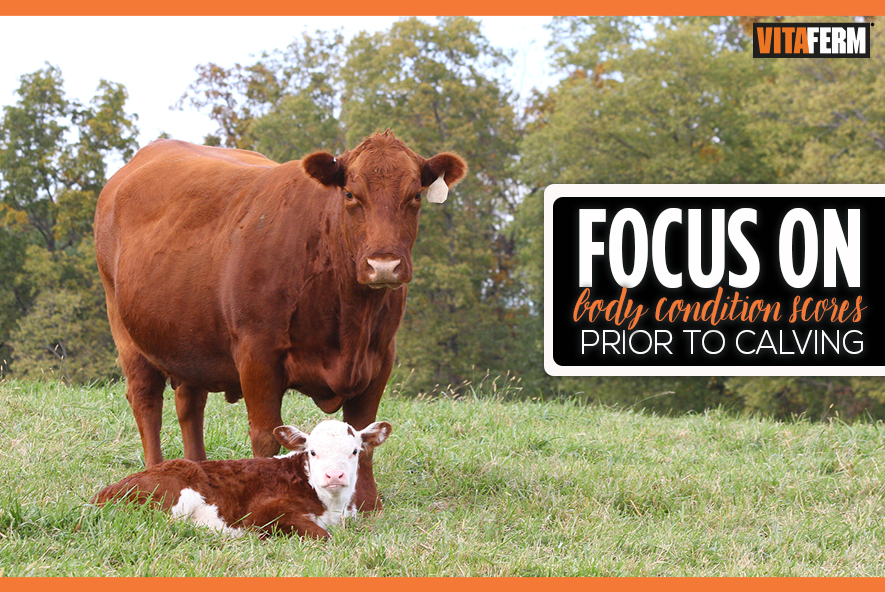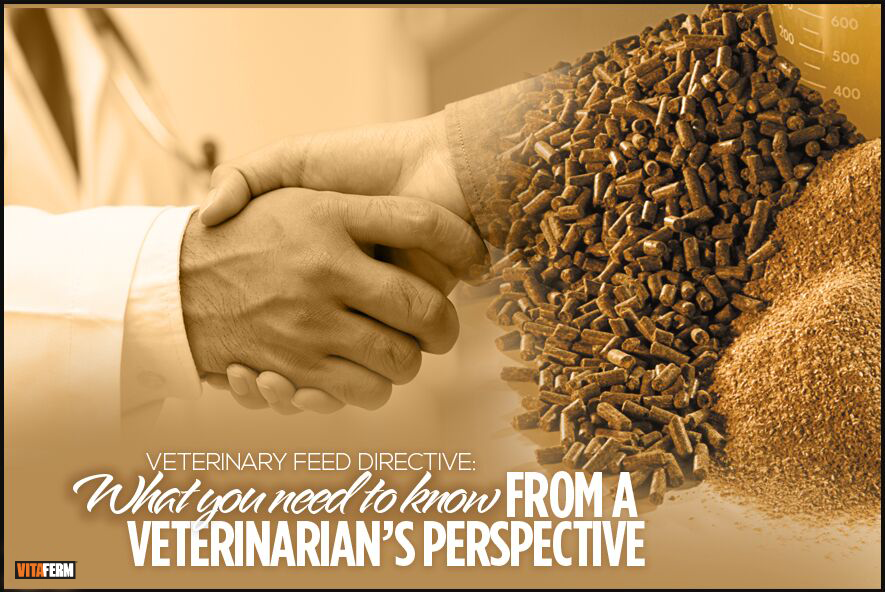There is a little bit of irony when we say “spring” calving is around the corner. However, regardless of when calves will hit the ground, you want to make sure you and your cows are prepared. Calf prices are certainly not what they were last year, but at this point, every live calf means dollars […]
Category: Nutrition Articles
Manage the Cattle for the Markets
In today’s market, cattle producers need to take advantage of every opportunity to increase the value and profit of their calves. Universities and cattle services have been reporting the economic effects of good and bad management practices for decades. One early report is a 1986 extension publication highlighting a sale barn survey that focused on […]
When Times Get Tough…Don’t Stop!
Supplementation programs will always be important building blocks for cow herd nutrition programs. During “belt tightening” times, getting the most bang for your buck becomes even more critical when selecting which, how much and what supplements to feed. It has been repeatedly proven that proper mineral, feed additive and protein supplementation will economically increase beef […]
Prepare for the Worst During Fall Calving
Source: Oklahoma Cooperative Extension Service – Northeast District’s Timely Topics Motivational speaker Zig Ziglar is quoted saying “Expect the best. Prepare for the worst. Capitalize on what comes.” Most cattle producers do a really good job with management while expecting the best but sometimes we lack on preparing for the worst. There are steps that each […]
Rations Tip for Starting Early Weaned Calves
By Julie Walker, Associate Professor & SDSU Extension Beef Specialist Dry conditions have encouraged some producers to wean earlier than normal (6 to 7 months). Research has shown that these calves can perform as well or better than calves still nursing. Pasture quality has a key influence on performance of nursing calves. However, under “normal” […]
VFD: What you need to know from a veterinarians perspective
by Dr. Donald Sunday, DMV One of the most important pieces of legislation that will affect cattle producers, veterinarians, and the animal health industry is set to go into effect January 1, 2017. GFI 213 places the use of medically important antibiotics in feed or water under the supervision of licensed veterinarians. The Veterinary Feed […]
Factors That Affect Free Choice Mineral Consumption
By Twig Marston, Technical Sales Field Manager When providing a free-choice mineral it is important to be conscience of the factors that will affect intake. Our expectations are always that all animals will consume the desired amount on a daily or a regular basis. However, age of animal, herd dynamics, feeder placement, forage availability, forage quality […]
Keep an eye out for Anaplasmosis in cattle herds
Article courtesy of Donald Stotts, Oklahoma State University, donald.stotts@okstate.edu ENID, Okla. – The occurrence of anaplasmosis has been shown to be more widespread in the United States than once thought, underscoring the need for cattle producers to be aware of causes for and clinical signs of the disease. “This past year, confirmed cases of bovine anaplasmosis in […]
Fescue: Can’t Live With It, Can’t Live Without It
Grass is a key component in any grazing operation, especially in the summer. Tall fescue is the most widely adapted forage in the U.S. It is a persistent grass that is easy to establish, tolerant of a wide range of management regimes, and produces good forage yields. However, it is a relatively low palatability forage […]
VITAFERM HEAT NOW AVAILABLE IN A TUB, LOOSE MINERAL CTC 3G OPTION FOR ANAPLASMOSIS
BioZyme has expanded its rapidly growing VitaFerm HEAT brand to include a new 200 lb. HEAT Tub and loose mineral containing CTC 3G to aid in the prevention of anaplasmosis, an infectious blood disease spread by parasites that causes severe anemia and weight loss in cattle. Previously only available in a loose mineral, VitaFerm HEAT […]










